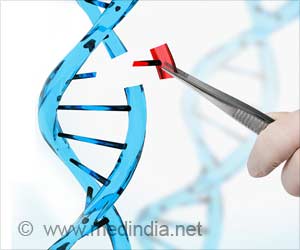Scientists from the University of Havana have found that two compounds from lobster shells, chitin and chitosan, have healing and bio-stimulant properties.
Scientists from the University of Havana have found that two compounds from lobster shells, chitin and chitosan, have healing and bio-stimulant properties.
The researchers said that the compounds could be used to create surgical materials with great healing and antiseptic properties, as well as to increase growth speed and germination in seeds.Chitin is a very common polymer present in nature as part of animals’ and plants’ physical structures. Only cellulose is more abundant than chitin, which makes this compound a highly important renewable resource that can easily be found in arthropods, insects, arachnids, molluscs, fungus and algae.
The fishing industry in Cuba generates great amounts of lobster waste, 'a pollutant rich in proteins and chitin', states Professor Carlos Andrés Peniche Covas, head of the Biopolymers Research Group, from the Biomaterials Centre of the University of Havana.
'This work allows for the first accurate and comprehensive results of a university study on chitin and chitosan. The study starts at the extraction of these compounds from polluting waste of the Cuban fishing industry and it goes on to cover these products’ characterisation through traditional techniques and some more innovative ones, the study of their properties, the development of new by-products and the testing of their practical applications in areas useful for this Caribbean country, such as agriculture and biomedicine,' Prof. Peniche said.
The research has led to the development of a procedure that involves using chitosan to cover surgical threads and lint, into which antibiotics are injected. The anti-microbial and healing properties remained unmodified after sterilization, the report said.
'This procedure involves using chitosan to cover surgical threads and lint, into which antibiotics are injected. By doing this, we obtain medical materials with both antimicrobial and healing properties and, as they are covered in a natural polymer, with a higher degree of biocompatibility,' Prof. Peniche said.
Advertisement
These were Agasut-Q, covered with chitosan, which had healing properties and Agasut-QE, covered with chitosan and streptomycin, which had both healing and antimicrobial properties. After preclinical and clinical trials were approved, both surgical thread types were introduced and successfully used in several Cuban hospitals.
In trials, tomato seeds of variety 1-17[140] were coated with chitosan. Under laboratory conditions, treated seeds showed considerably higher growth speed and percentage of successful germination when compared to non-treated seeds.
The research results have been published in international research journals such as Macromol, Food Hydrocolloids, Journal of Applied Polymer Science or Polymer Bulletin.
Source-ANI
SRM /J






